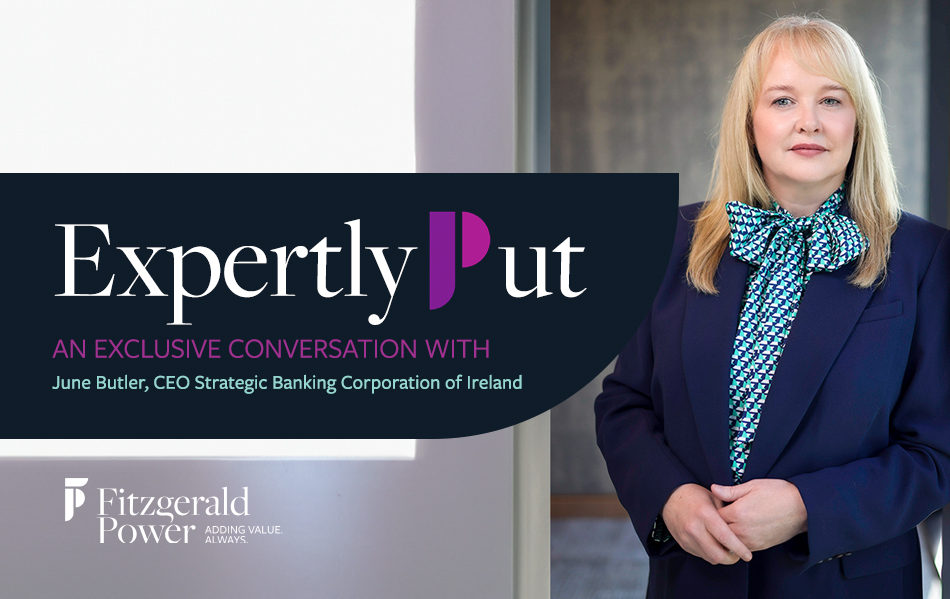Is your pharmacy business at the heart of your long-term investment or retirement plans? Well, with some forethought, you can ensure that all goes to plan and investment return is maximised for your future.
First things first.
To achieve a successful sale, both buyer and seller viewpoints must be considered. If the business is an unattractive proposition from the buyer’s perspective, it simply will not sell. In this way, selling a business is very similar to day-to-day retail. Would you purchase a faulty item? Of course not. So to sell your business, the question you must ask yourself is: “How can a business be best packaged for sale?”
- To plan for a successful sale, you must understand how a pharmacy business is valued. The method most commonly used is that of an Earnings Basis. Put simply, this considers an appropriate maintainable profit that can be earned by the business and applies an earnings multiple. EBITDA (Earnings Before Interest, Taxes, Depreciation and Amortisation) is the acronym commonly used in valuation as a measure of profit and is essentially the pre-tax cash flow of the business before loan repayment obligations.
- Current or historical EBITDA may give a false valuation of the business, so care should be taken to review the maintainable EBITDA of the business as the buyer is purchasing the right to a future income stream. Current sector conditions would suggest that multiples of EBITDA between 4 and 6 are appropriate with the principal factors determining the actual multiplier achieved being scale and geography.
- The final step in the valuation process is to review the assets and liabilities of the company and adjust the value accordingly.
Knowing how a pharmacy business is valued will allow you to work towards making the sale a more attractive proposition to the buyer and lucrative for the seller.
At the risk of oversimplifying the pharmacy business, there are three areas of focus when considering how to increase profitability and therefore the underlying basis of valuation.
- Drive turnover
- Drive gross profit margin
- Control overheads
Driving turnover.
Of the three identified headings, we have to appreciate that this may well be the most difficult to achieve in a time where:
- the sector is continually subject to reduced reimbursement rates from State schemes.
- and the discretionary spending of the customer continues to be challenged.
However, some areas to consider:
- Using the information systems that are most likely already in your business, spend the time to consider what money is slipping through the net by inaccurate prescription claims. Keep on top of your rejected items. It might be a case of collecting what you are due as much as finding new revenue streams.
- Keep an eye on what the competition is up to. It would be naïve to rely on a stable customer base, as the Irish consumer expects the highest quality product at the best value.
- The retailers’ task of attracting and influencing discretionary spending has become ever more difficult. This is especially relevant to the Front-of-Shop trade where every square inch is important. Substitute stagnant lines with new lines and test success. Don’t be afraid to try things, but make agile decisions where underperformance is identified.
Driving gross profit margin.
This should be the primary area of focus. Changing purchasing policies can have a dramatic effect on the profitability of the business. Ensure that you are getting the best terms available. Don’t be shy in negotiating with suppliers and consider onboarding one of the buying platforms
It may be worth assigning a member of staff to a full-time role to source the best discounts available, or even employing a new staff member with this as their sole focus.
Control Overheads.
Each expense of the business should be reviewed to see if savings are to be made. However, pharmacy tends to have two primary overheads – wages and rent.
Review regularly and ensure that the business is operating within sector standards.
On labour costs, consider the operating process. The variances we see in the average labour cost of dispensing a prescription item are remarkable.
Addressing and making improvements in all these focus areas will inevitably lead to increased profitability and a better selling proposition.
Tax Planning – Don’t Shy Away From it and Have Regrets.
Having put all of your energy into maximising the value of the business, all too often we find that the business is still not ready to be sold because either the business owner / the business itself / the company which owns the business is not set up in the right way to complete a suitable transaction.
Companies and individuals need to plan significantly in advance for the myriad of reliefs – from entrepreneur and retirement reliefs to participation exemptions, tax-effective interim cash extraction – and ultimately how to design a tax-efficient exit. Remember: if you are at the altar, it’s probably too late.
Read more about navigating the tax considerations of selling your pharmacy business here.
The main obstacles that we see at the 11th hour are:
- Addressing large sums of cash or investments that have built up in the company
- Being unsure about company share ownership, and deducing who or what achieves the best outcome there
- The business’ location itself: is the property owned by the business owner, or someone else?
If you would like to explore any of the issues raised, call Noel Winters, Corporate Finance Partner, Fitzgerald Power at 051-870152 or www.fitzgeraldpower.ie






